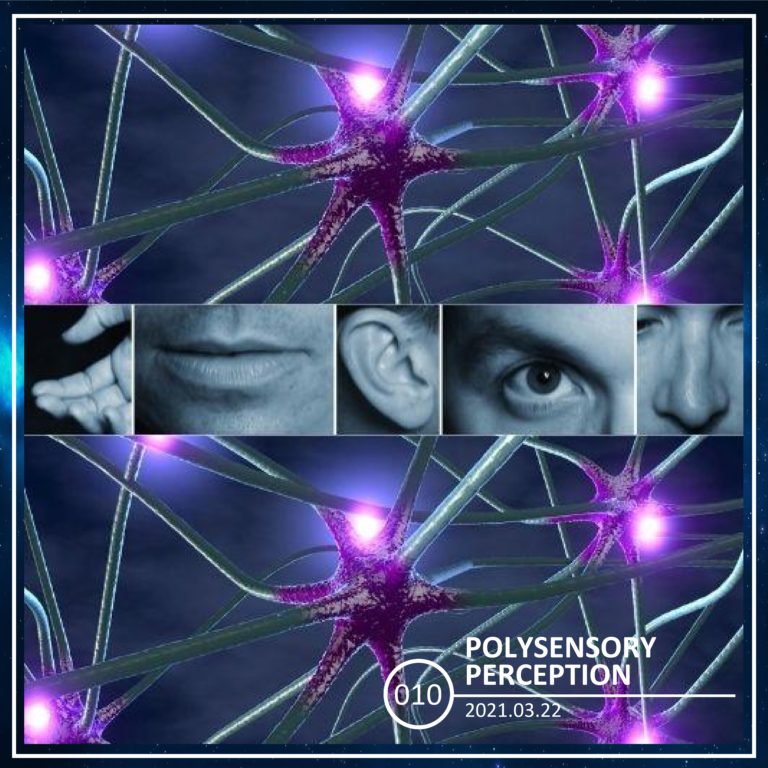The Polysensory Perception of Space
In 1977, after my third year in architecture school, a friend and I convinced our parents to send us to a three week immersion course in German (which we were already studying) and then we traveled all over Germany for 10 more weeks.
The course was in Würzburg, were the famous Baroque architect Balthasar Neumann lived and practiced, but that’s a tale for another time. Soon after our arrival, on a very hot summer day, we went to Nuremberg, home of St. Lorenz, a medieval church in the gothic tradition. Entering the building we immediately felt the dramatic change in temperature on our skin. We could hear the faint murmuring of nuns and others praying in the distance, and see the light filtering in through the stained glass windows. It was our first experience of a gothic church, and the sensory overload was so powerful that I told my friend “if they start using incense, I may have a heart attack.”
A few years later, a professor made a comment the exact wording of which I don’t remember, but it was something along the lines of “Is the Guggenheim Museum (or St. Lorenz) still ‘architecture’ after midnight, when the custodians turn off the lights?” This made me decide to explore the non-visual aspects of architecture for my thesis. I wanted to learn if there were features we could include in our designs that would make visitors to our buildings experience even a fraction of the pleasure I felt in that gothic church. My thesis was therefore a building for a fictitious non-profit for “the blind”. I enjoyed researching the available literature (in 1981, pre-Google!) and coming up with solutions to problems of my own creation (as one member of the jury pointed out,) but isn’t that the purpose of a thesis?

